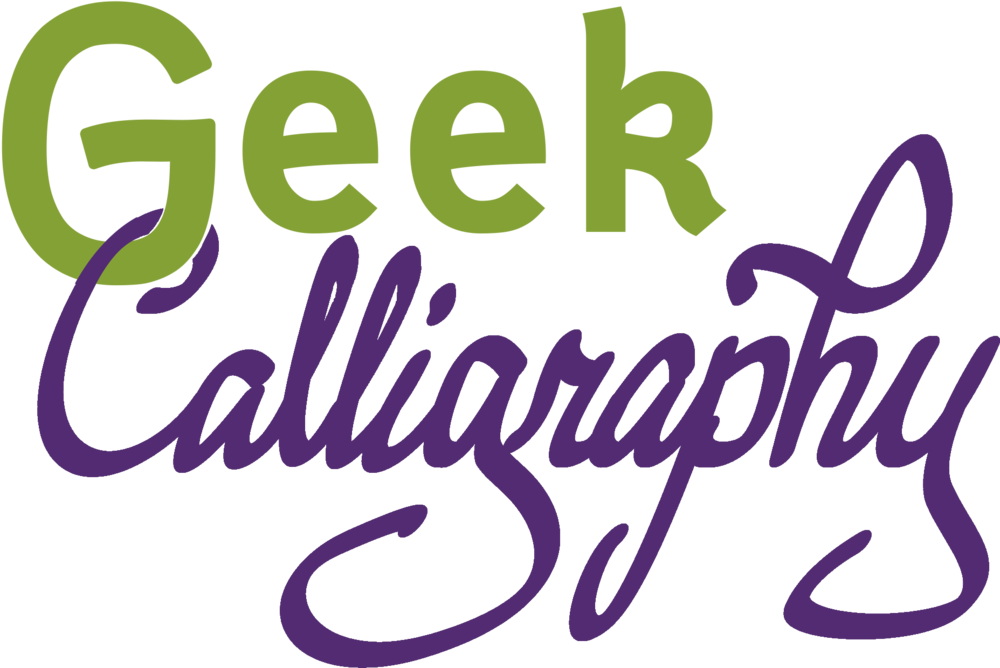[Image shows a pencil sketch of Elmer Fudd on the phone, wearing a kippah, holding forms. Text declares "Be vewwy vewwy QUIET. We'we hunting WABBIS...."]
So I amassed a set of incredibly specialized skills over the course of my employment (proofreading, how to get what you want from an artist without making them cranky, dogged persistence in tracking down officiants). I learned what sorts of designs appeal to the standard Jewish consumer vs. the geeky ones. And most importantly, I developed a deep and close friendship with an artist who wanted to start a calligraphy business.
I stopped working full time at The Judaica House in 2010. By then, Ariela was living in New York City and was steadily taking commissions for ketubot.**** I was her on-tap proofreader for these (I even did one over email), and we began to banter back and forth about Ariela quitting her day job. It was all pipe dreams, even in 2012 when we established that I would be the business manager. It wasn't until 2013 that I actually started doing Business Manager type things (mostly attempting to adjust unreasonable expectations from clients - something I still do).
But, you insist, none of this answers the question in the blog post title! So what is it that I do?
I proofread texts when possible (not being local to Ariela makes it trickier), answer wholesale inquiries, rein in Ariela's runaway impulses, respond to certain types of client inquiries, come up with product lines, track down phone numbers for licensing departments,***** make sure Ariela meets her deadlines, write many of our product release blog posts, serve as a sounding board, and generally act as the first line of defense for anything that keeps Ariela from being able to Do Art. I smile and nod at calligraphy details, keep our products within scope (and just slightly subversive), act as a font of completely useless knowledge, track down frames at thrift stores, make sure Ariela doesn't take on too much, tweet and share things on Facebook that are relevant to the business, and write long rants on our blog when fandom needs a good swift kick in the pants. Since that doesn't fit on a business card, you get Artist Wrangler instead.
*Unfortunately they went to print before I could get "professional killjoy" added to them
**Small prayerbooks or laminated cards containing the Grace After Meals and other assorted pre and post meal prayers for the Sabbath and Holidays.
***We ask for your officiant's contact information for this very reason (also, if we have any questions we can avoid asking you them during what is a busy and stressful time for you).
****Our friends did persist in getting married.
*****It's amazing how much easier it is to contact the people in charge of Star Wars licenses now that Disney owns Lucasfilm.










